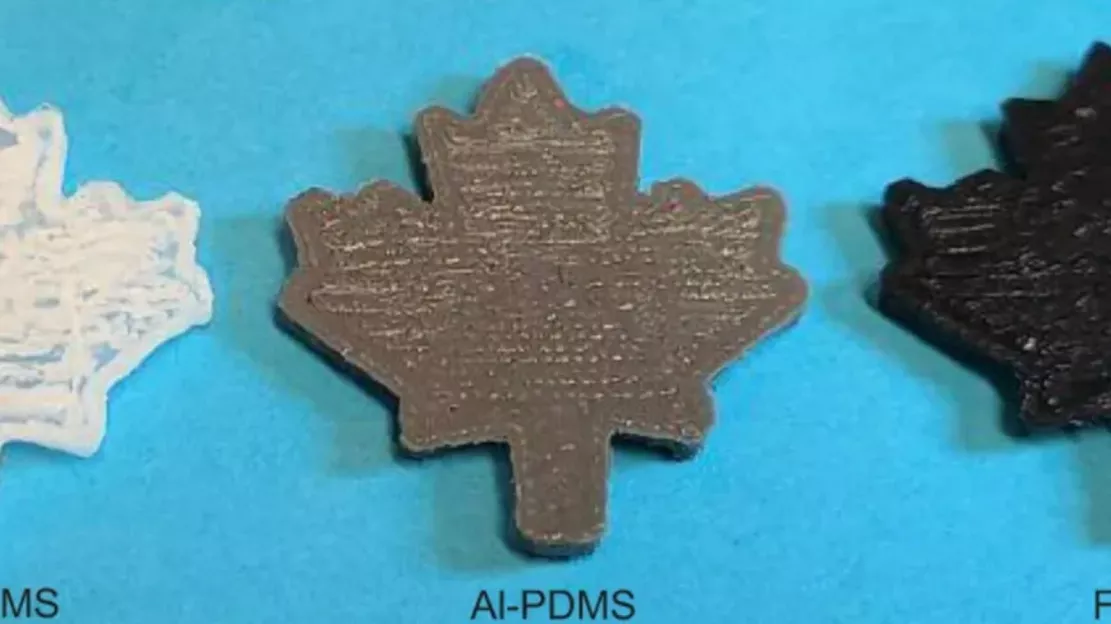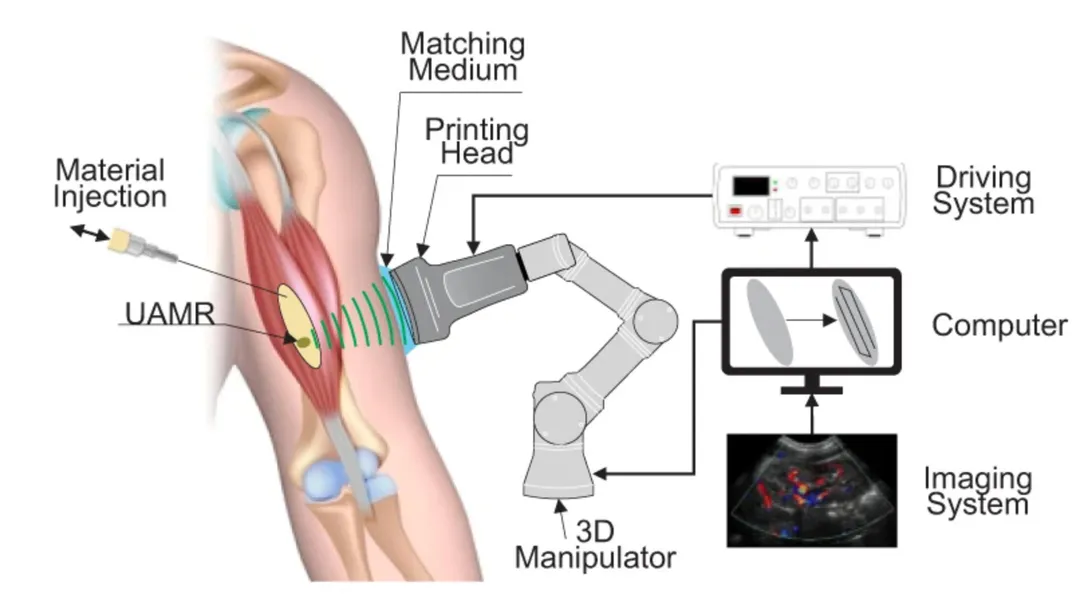Researchers at Concordia University have found a way to use sound to solidify liquid into plastic. This 3D printing method can be used to build medical implants directly in the human body Researchers introduced this week that their method is called direct sound printing (DSP), which focuses ultra-high frequency sound waves on a point of liquid resin in a time of only one trillionth of a second.

It is very short but very strong, which makes a tiny bubble form. The chicken has enough energy to trigger a chemical reaction to solidify the resin.
Although 3D printing is not as economical as large-scale manufacturing methods such as plastic injection molding, it has become popular in some fields. This includes making prototypes, creating disposable products such as customized football helmets, and building shapes that cannot be achieved by traditional methods.
Sound based 3D printing can add a new skill to the additive manufacturing industry. Solid materials usually block light and heat, but sound can enter the body or equipment. This may lead to the technology of making an implant in vivo, rather than adding something in vitro through surgery. The researchers tested the technique on 1.3 inches of pig skin, muscle and adipose tissue.
Researchers from Concordia University said in a paper in nature Communications: "DSP introduces the possibility of non-invasive deep body printing. Some prototypes made by researchers include ears and nose, but they have not built or implanted anything in patients."

3D printing has been used in medical and dental operations, such as bone replacement and dental appliances. Some doctors have even found a way to 3D print out an alternative ear with the patient's own cells.
Most 3D printing uses light or heat to cure the material. Sound provides a different way to direct energy to the right place and form a small bubble through a process called cavitation. There, the temperature is 1000 times the air pressure at sea level, about 27000 degrees Fahrenheit -- much hotter than the surface of the sun, which is close to 10000 degrees.
This is a strong environment, but it is very small and lasts very short, so it will not affect the surrounding areas.
According to the University, the sound based 3D printing method can also be used for mechanical maintenance, such as the maintenance of other inaccessible parts in the aircraft.
In addition, the method is also applicable to materials other than polymer resins.
Muthukumaran packirisamy, a researcher at Concordia University, said in a statement: "we have proved that we can print a variety of materials, including polymers and ceramics. Next, we will try polymer metal composites. Finally, we want to print gold in this way."